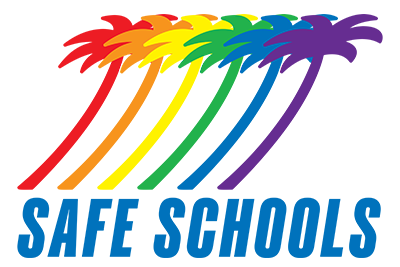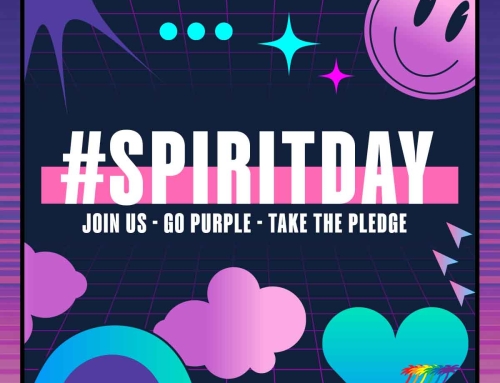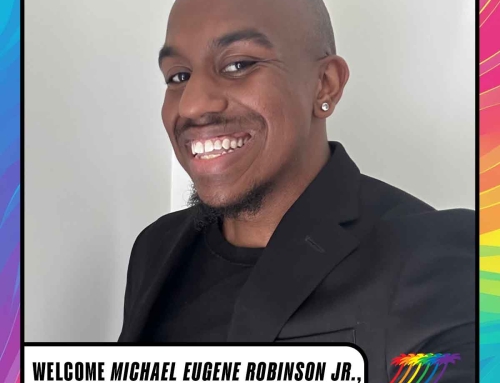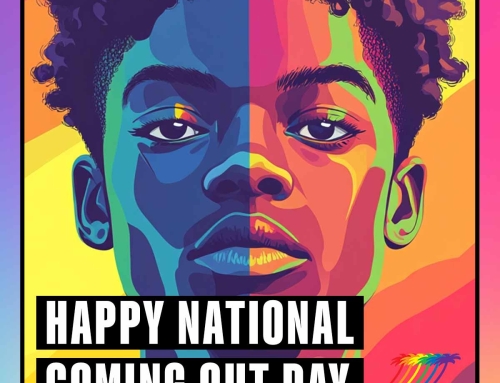As we celebrate Labor Day, a day meant to honor the labor force and the contributions of workers to society, it’s crucial to acknowledge that labor is not a monolithic experience. For queer workers, it often involves a unique set of challenges: navigating heteronormative assumptions, combating discriminatory practices, and dealing with the constant tension of micro coming-outs. The queer experience in the workplace is multifaceted, rich, and complex. So, how can we, as a society, work towards a more inclusive workplace for everyone?
The Struggles of Queer Workers
Queer individuals regularly encounter heteronormative expectations at work. These expectations range from seemingly innocent questions like, “What does your husband do?” to discriminatory hiring and firing practices. Such heteronormative assumptions can create an environment that is not just exclusionary but can also be mentally and emotionally draining for queer individuals.
The Emotional Labor of Micro Coming-Outs
One of the most complex aspects of being queer in a predominantly heterosexual and cisgender workplace is the concept of “micro coming-outs.” Unlike a one-time coming-out event, micro coming-outs are repeated acts of coming out to new colleagues, clients, or teams. They involve continually weighing the “risks and benefits” of being out in a particular context or relationship. This is an extra layer of emotional labor that queer individuals must navigate on top of every worker’s usual challenges.
The decision to come out—or not—is complicated by many factors, such as fear of discrimination, the desire for authenticity, and the gauging of an environment’s inclusivity or lack thereof.
Changing the Paradigm: What Can Society Do?
- Corporate Diversity Training: Companies can invest in proper diversity training that goes beyond mere lip service. Genuine, honest discussions about sexual orientation and gender identity can demystify a lot of misunderstandings that perpetuate heteronormativity.
- Laws and Policies: Adequate laws that protect against discrimination based on sexual orientation and gender identity are crucial. But more than policies is needed; they must be actively enforced to hold companies accountable.
- Creating Inclusive Spaces: Simple changes like adding all-gender restrooms, or providing options other than “male” and “female” on forms, can go a long way in breaking heteronormative assumptions.
- Active Allyship: Straight and cisgender individuals have a crucial role to play. Listening, learning, and standing up against discriminatory behavior can create a more inclusive environment.
- Intersectional Approach: Recognizing the unique challenges faced by individuals who belong to more than one marginalized community (e.g., queer people of color, queer people with disabilities) can help create a more nuanced and inclusive approach to diversity and inclusion.
On this Labor Day, as we honor the contributions of all workers, let us also celebrate the resilience and contributions of queer workers. They add to the labor force through their skills and talents and enrich it by pushing the boundaries of what is considered ‘normative.’ Their invisible labor—the emotional work of navigating heteronormative environments and the courage it takes to be authentic—deserves recognition and respect. By acknowledging these challenges and working actively to remove barriers, we can hope to create a more inclusive workplace and, by extension, a more equitable society.
By: Harold Marrero
Chief Operating Officer
We encourage you to share this information with friends, fellow teachers, and allies and join us in bringing awareness to our efforts. Your support is essential for our ongoing work to create safe spaces for all students, regardless of ethnicity, gender, sexual orientation, or expression. Please consider donating to Safe Schools so that we can continue advocating for inclusivity and diversity within the education system.







